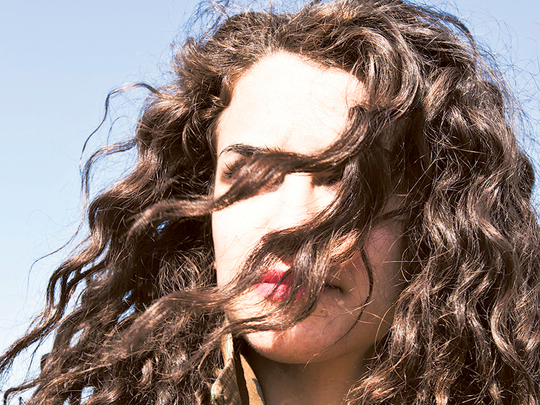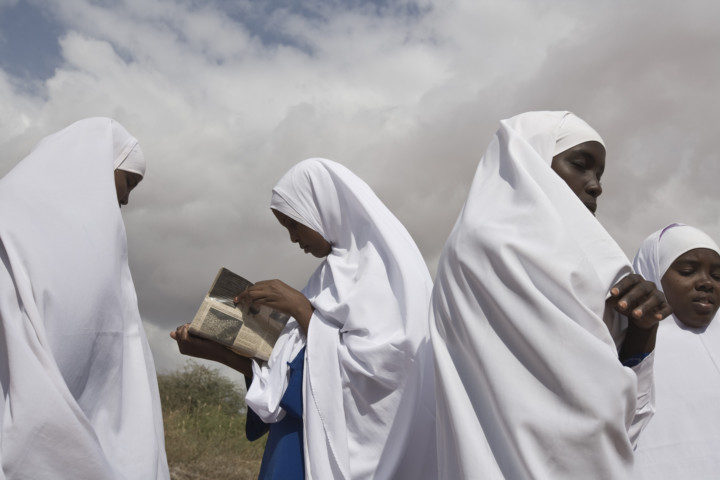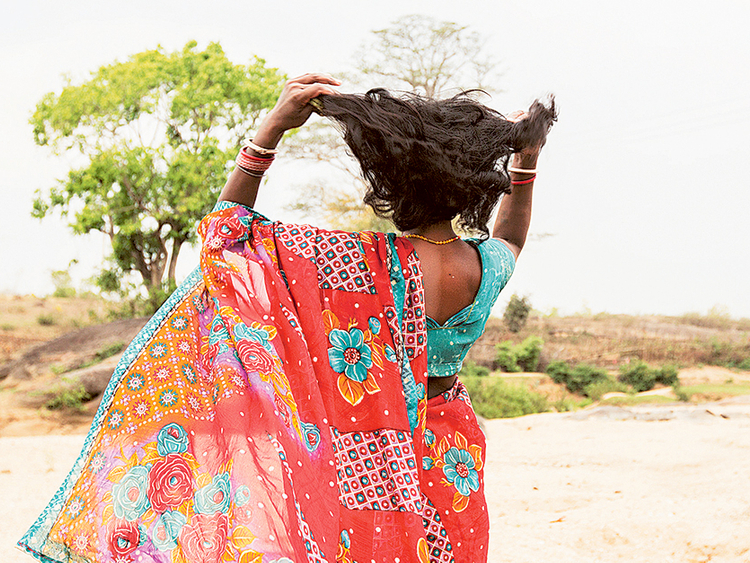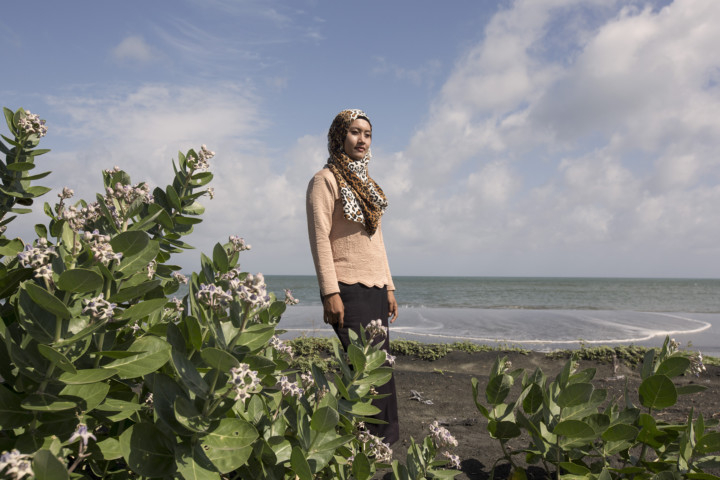
Award winning French-Italian photojournalist Matilde Gattoni began her career in 2000, covering the second Intifada in Palestine. She was subsequently commissioned by the United Nations to cover the consequences of war and drought on the local populations in Eritrea and Tajikistan. Since then she has focused her work on human rights issues around the world, especially in countries ravaged by war.
In the last 15 years she has travelled to 35 countries across four continents to document and create awareness about issues such as the plight of refugees, and ecological and natural disasters such as deforestation, illegal mining, drought and famine.
In 2014, Gattoni co-founded Tandem Reportages, an agency focused on producing independent in-depth reportage on social and human rights issues worldwide. The agency has covered untold stories all over the world, from witch hunts in India to tin mining in Indonesia, and from famine in Kenya to human trafficking in Nepal. These have been published in leading newspapers and magazines around the world.
During her travels, Gattoni has met thousands of women ranging from war refugees in Kenya, Eritrea and Lebanon and intrepid explorers in Dubai to cluster bomb victims in Laos, tsunami survivors in Indonesia and victims of domestic violence. Her latest exhibition in Dubai, “HER”, features photographs of some of those women along with stories of the challenges they have had to deal with. The show is a tribute to the innate courage and resilience of the women.
Weekend Review spoke to Gattoni about her work and the exhibition. Excerpts:
What motivated you to travel to Palestine at the beginning of your career, and how did that experience impact you personally and professionally?
I started travelling in the Middle East at the age of 11 with my parents, and I immediately felt a special bond with the region. I wanted to get to know it better and feed my passion for photography.
When I travelled to Israel and Palestine in the summer of 2000, I was still studying History and History of the Arts at the University of Strasbourg, France, and also working to save money for travelling. The trip had a huge impact on me because I got first-hand experience of the injustices that were perpetrated on the Palestinian population, not just in times of war, but on a daily basis. This reinforced my passion for photojournalism as a useful means to denounce human rights abuses.
What drives you to travel to the worst disaster areas to report on human rights issues?
Injustice. I find it difficult to accept injustice and abuse of power. Every time I receive an e-mail from a reader who has seen my pictures published somewhere around the world and wants to connect with one of my subjects or is simply touched by the stories, I feel I have made a difference, even if it touches only one person’s heart. I am simply a trait d’union between the readers at home and my subjects.
Do you tend to focus mainly on the stories of women?
Absolutely not; the portraits shown in this exhibition are a part of reportage that was not specifically focused on women. But women are often the strongest subjects I meet during my reportage around the world. They are the fighters, and end up being the real heroes of my stories.
What is this exhibition about?
Each picture in the show is accompanied with a detailed caption that allows viewers to understand the lives of these women who come from different countries and cultures. All these women share an innate capacity of resilience and courage, no matter what difficulties they had to face.
Although shunned and marginalised in many countries, they are often the hidden backbone of families and communities. This exhibition is a tribute to their bravery and capacity to deal with apparently insurmountable challenges, be they war, natural calamity, or the prejudices that exist within their own society. “HER” is an ode to all of these women.
Was it easy to get the women to tell you their stories and to pose for you?
It depends on the culture they are coming from and the role they have within their societies. For example, in the story “The Swallows of Syria” it was extremely difficult to ask the men to step back and let the women speak.
In a historical moment where women were not at all featured in magazines and papers because the civil war in Syria was being told only from the free Syrian army fighter’s point of view I really wanted to give voice to the women. Women are often the ones who suffer the most in times of war, as men go to war and they are left alone with the children with the difficult task of protecting, feeding and taking care of them.
Why is it so important for you to photograph the women even when they want to keep their faces covered?
They usually want to hide when they are still persecuted or they are afraid something bad might happen to them if they tell their stories; but all the women I have met always wanted to tell their stories. I think it is important to give voice to those who do not have a chance to be heard otherwise.
Can you share with us some examples of how your photo-essays have helped the subjects?
Sure. A few months ago I received an e-mail from an Austrian reader who had read our story on the aftermath of war in Laos. As a single mother she had been particularly touched by the story of Mai Khang, a 30-year-old widow and mother of four whose husband committed suicide after he was blinded by a cluster bomb.
Together with this reader we raised more than $1,000 (Dh3,673) for her. Similarly, we were able to raise over €3,000 (Dh12,353) in just a few weeks for an earthquake survivor in Nepal that helped him to rebuild his destroyed home.
Jyoti Kalsi is an arts enthusiast based in Dubai.
“HER” run at Gulf Photo Plus (GPP), Al Quoz until October 31.















